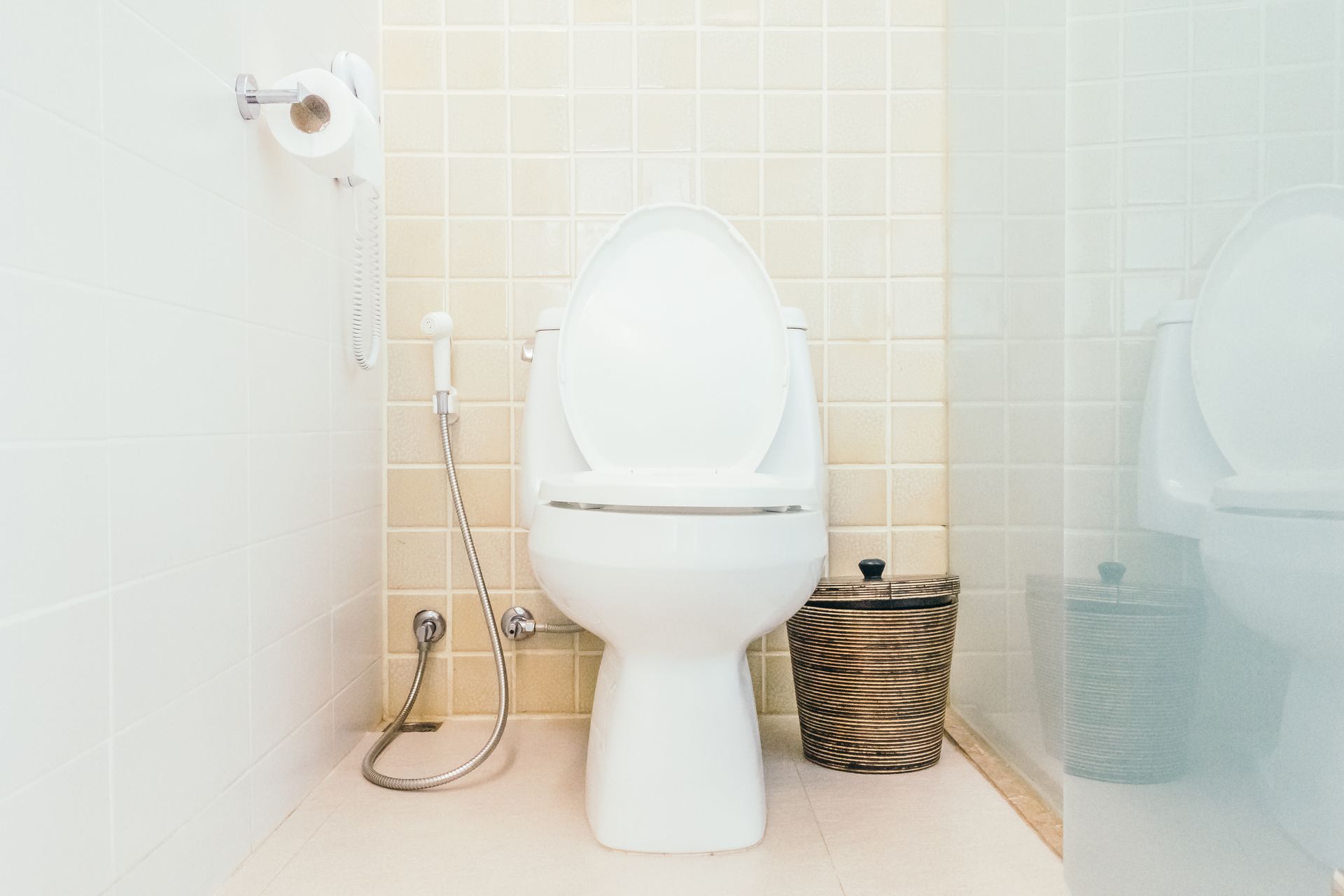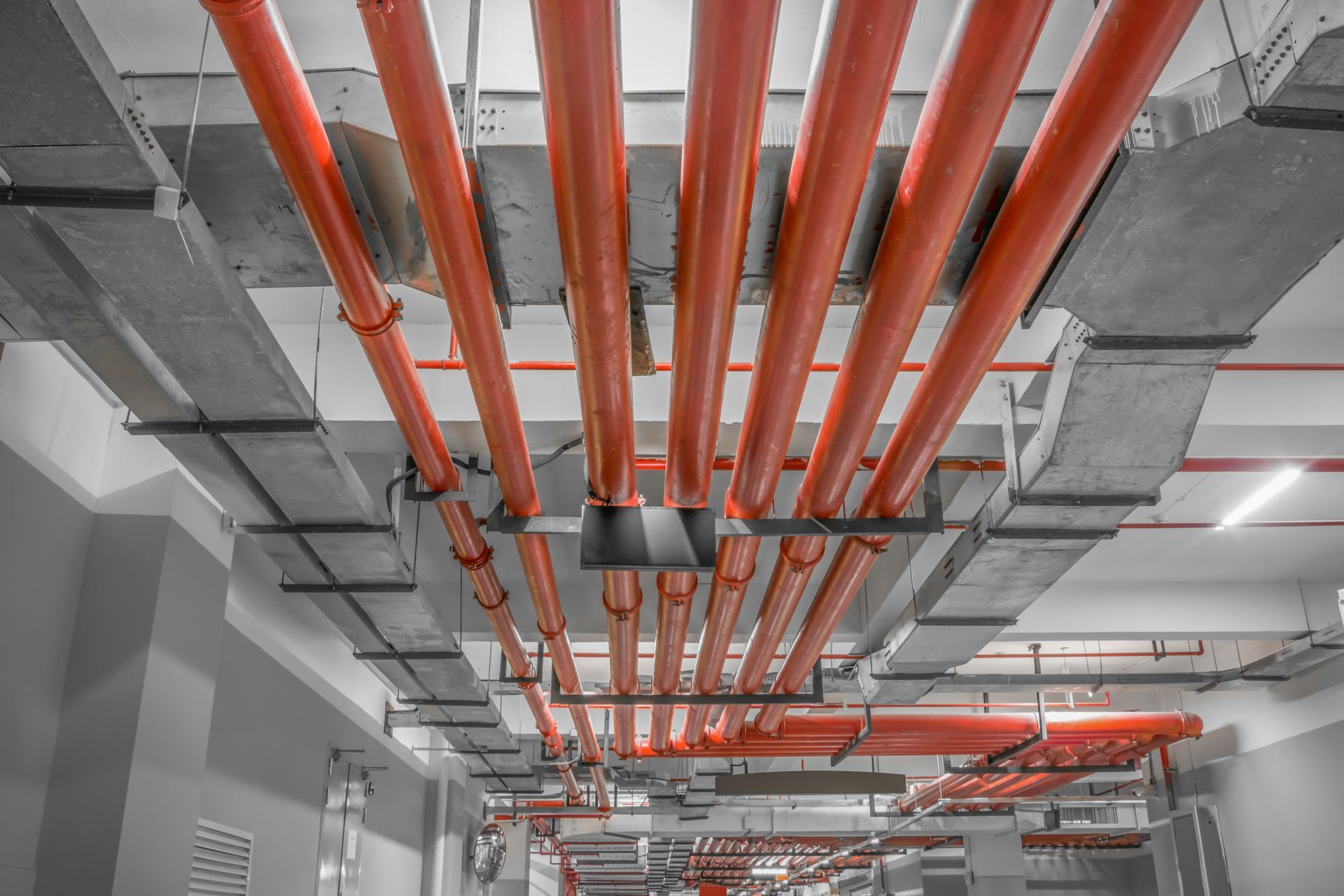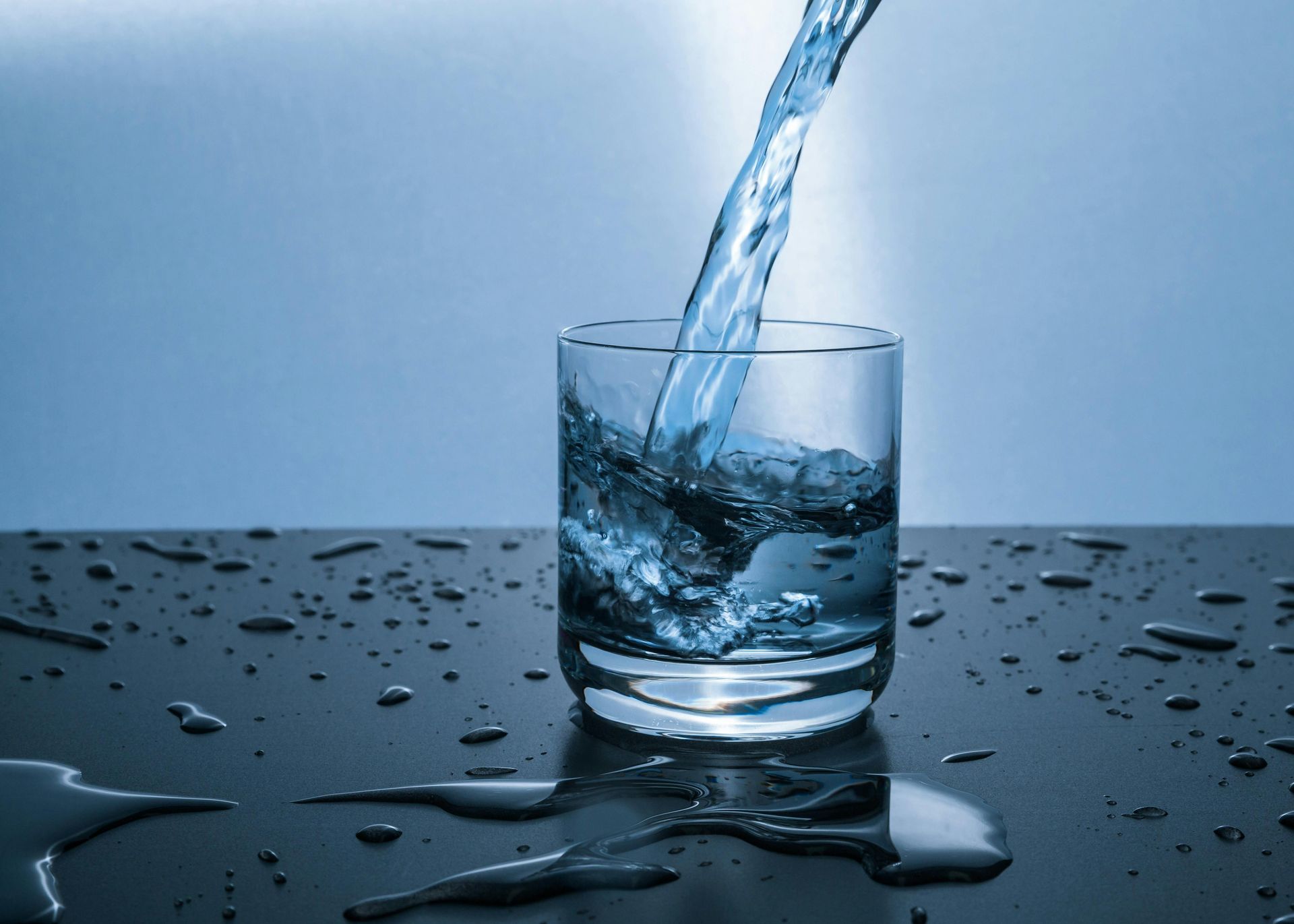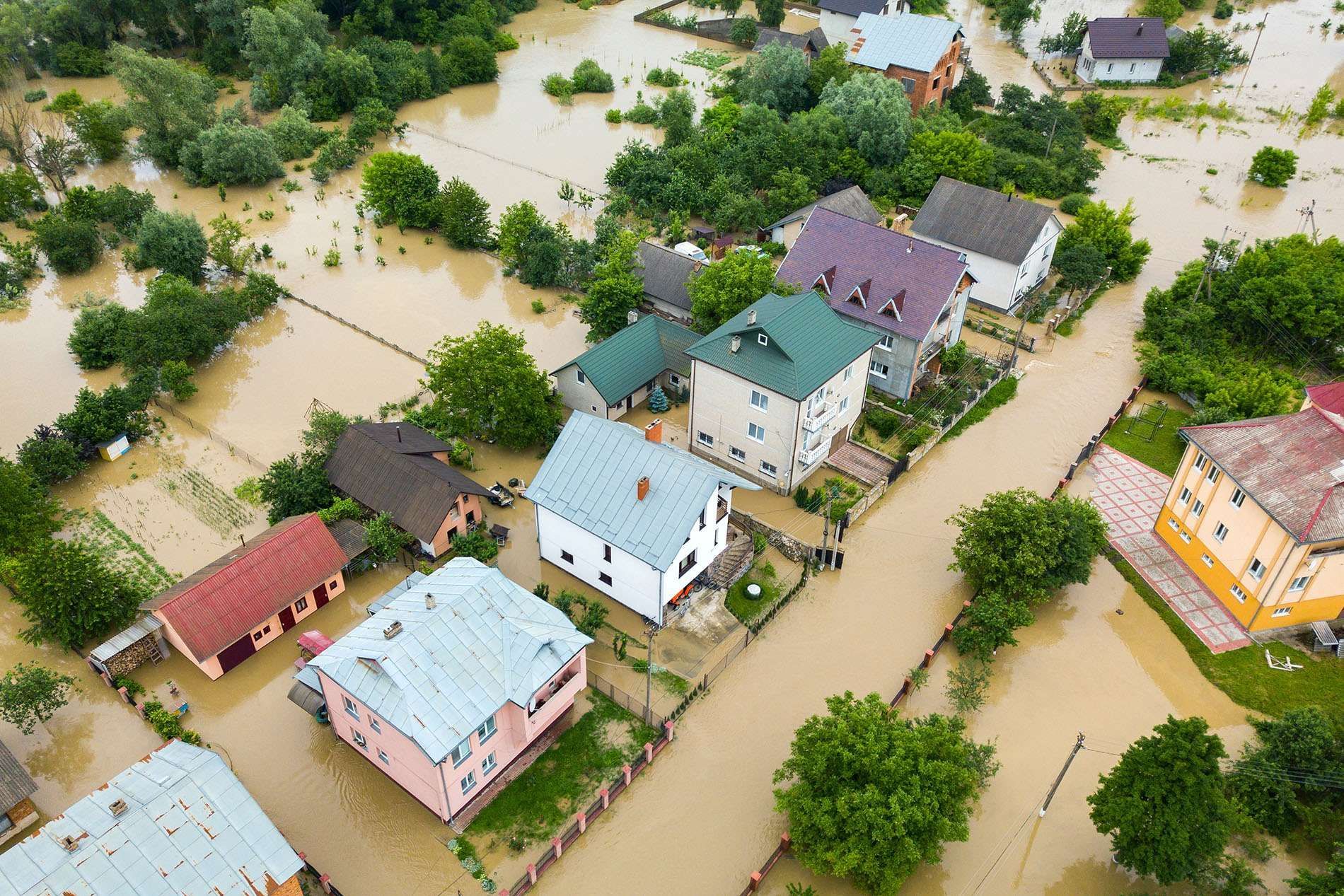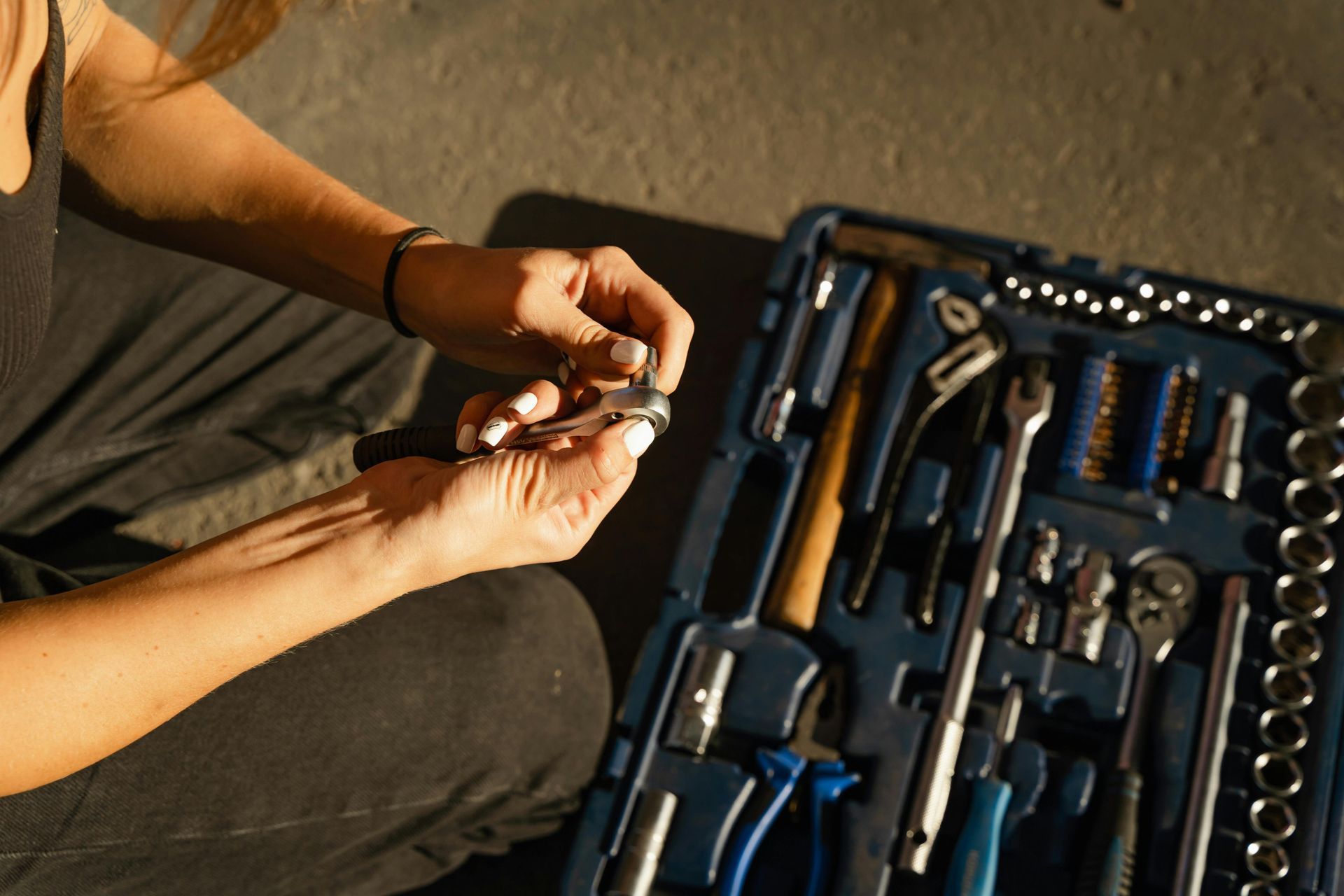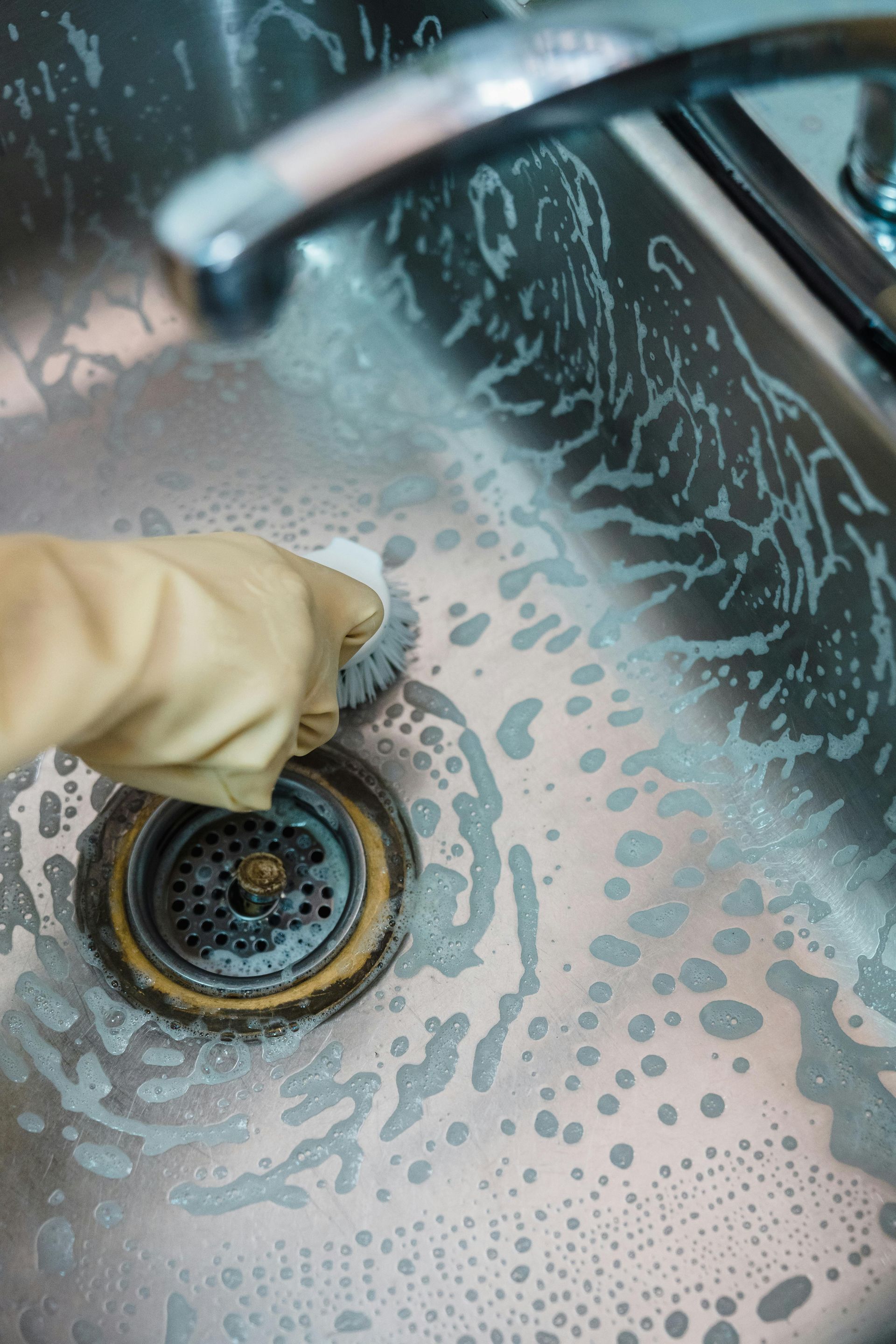What to Expect During a Sewer Line Replacement
Dealing with sewer line issues is never fun, but when it becomes clear that replacement is the only solution, understanding the process can make things far less overwhelming. Sewer line replacement is a significant home improvement project that can feel daunting, especially if you’re unfamiliar with the steps involved. Knowing what to expect can help you prepare, minimize disruptions, and ensure the work goes as smoothly as possible. In this detailed guide, we’ll walk you through every aspect of the sewer line replacement process, from identifying the need for replacement to the final cleanup.
Signs You Need a Sewer Line Replacement
Recognizing the Need for Sewer Line Replacement
Sewer lines don’t fail overnight. There are usually warning signs that indicate a problem, such as:
Frequent Drain Backups: If plungers and drain cleaners no longer do the trick, it might signal damage to the main sewer line.
Slow Draining Across the Home: When multiple drains are sluggish, it often points to a blockage or collapse in the main line.
Unpleasant Odors: A persistent sewage smell inside or outside your home is a red flag that requires immediate attention.
Soggy Patches in the Yard: These can indicate a leaking or broken sewer line, especially if accompanied by foul smells.
Unusually Lush Grass: A leaking sewer line can act as fertilizer, causing patches of grass to grow faster and greener than the surrounding lawn.
If you notice any of these signs, contact a professional plumber to inspect the situation. They’ll likely use tools such as cameras to assess the damage and determine whether a replacement is necessary.
Preparing for Sewer Line Replacement
Once it’s clear that your sewer line needs to be replaced, preparation begins. This phase includes assessing the scope of the project, discussing options, and planning the logistics.
Choosing the Right Replacement Method
There are two primary methods for sewer line replacement:
Traditional Trenching: This involves excavating a trench along the length of the damaged sewer line. While this method is reliable, it can be invasive and disrupt landscaping, driveways, and other structures.
Trenchless Technology: Trenchless options, such as pipe bursting or pipe lining, are less invasive. They involve minimal digging and can often save time and money. However, not all situations are suitable for trenchless methods, so a professional assessment is crucial.
Cost and Time Considerations
The cost of sewer line replacement can vary widely depending on factors such as the method used, the length of the pipe, and any additional complications. Expect prices to range from $3,000 to $15,000 or more. Trenchless methods tend to be more expensive upfront but may save on restoration costs.
The duration of the project also varies but typically takes one to three days. More extensive projects might require additional time.
The Replacement Process
Now that you’re prepared, here’s what to expect during the actual sewer line replacement:
Step 1: Initial Inspection and Marking
Before digging begins, the contractor will perform a detailed inspection, often using a sewer camera to map the damaged pipe. Utilities such as gas, water, and electrical lines will be marked to avoid accidental damage during excavation.
Step 2: Excavation or Access Creation
For Traditional Replacement: A trench is dug along the path of the sewer line. This may involve removing landscaping, driveways, or patios, depending on the pipe’s location.
For Trenchless Methods: Small access pits are dug at key points to allow equipment to reach the damaged pipe.
Expect some disruption during this phase, including noise, dust, and restricted access to parts of your property.
Step 3: Pipe Removal and Replacement
The damaged sewer line is either removed (traditional method) or bypassed (trenchless). For trenchless pipe bursting, a new pipe is pulled through the old one, breaking it apart as it goes. With pipe lining, a resin-coated sleeve is inserted and hardened to form a new pipe within the old one.
Step 4: Testing and Inspection
Once the new pipe is in place, plumbers will perform tests to ensure everything is working correctly. This may involve running water through the system or using cameras to verify the installation.
Post-Replacement Cleanup and Restoration
After the sewer line has been replaced and tested, the cleanup process begins.
Filling and Compacting Soil: Trenches or access pits are filled, and the soil is compacted to prevent settling.
Repairing Landscaping: Any damaged grass, plants, or hardscaping will need to be restored. Some contractors include basic restoration in their services, but you might need to hire a landscaper for extensive repairs.
Driveway or Sidewalk Repair: If concrete was removed, it will need to be re-poured and cured, which can take several days.
What to Expect During and After the Project
While sewer line replacement can be disruptive, knowing what to expect can help you navigate the process:
Noise and Activity: Excavators, trucks, and workers will be on-site, creating noise and limiting access to certain areas.
Temporary Inconvenience: You may need to avoid using plumbing systems for a portion of the project. Your contractor will provide clear instructions.
Peace of Mind: Once completed, you’ll enjoy the benefits of a fully functional sewer system with reduced risk of future issues.
Preventing Future Sewer Line Issues
After replacing your sewer line, it’s wise to take steps to prolong its life:
Regular Inspections: Schedule annual inspections to catch minor issues before they become major problems.
Mindful Disposal Habits: Avoid flushing non-biodegradable items or pouring grease and oil down drains.
Root Management: If tree roots caused the damage, consider removing problematic trees or installing root barriers.
Conclusion: A Smoother Replacement Process
Replacing a sewer line is a significant undertaking, but with the right information and preparation, it doesn’t have to be a nightmare. Understanding the process, choosing the best replacement method, and working with experienced professionals can make all the difference. By taking preventive measures after the replacement, you’ll ensure that your new sewer line serves your home effectively for years to come.



